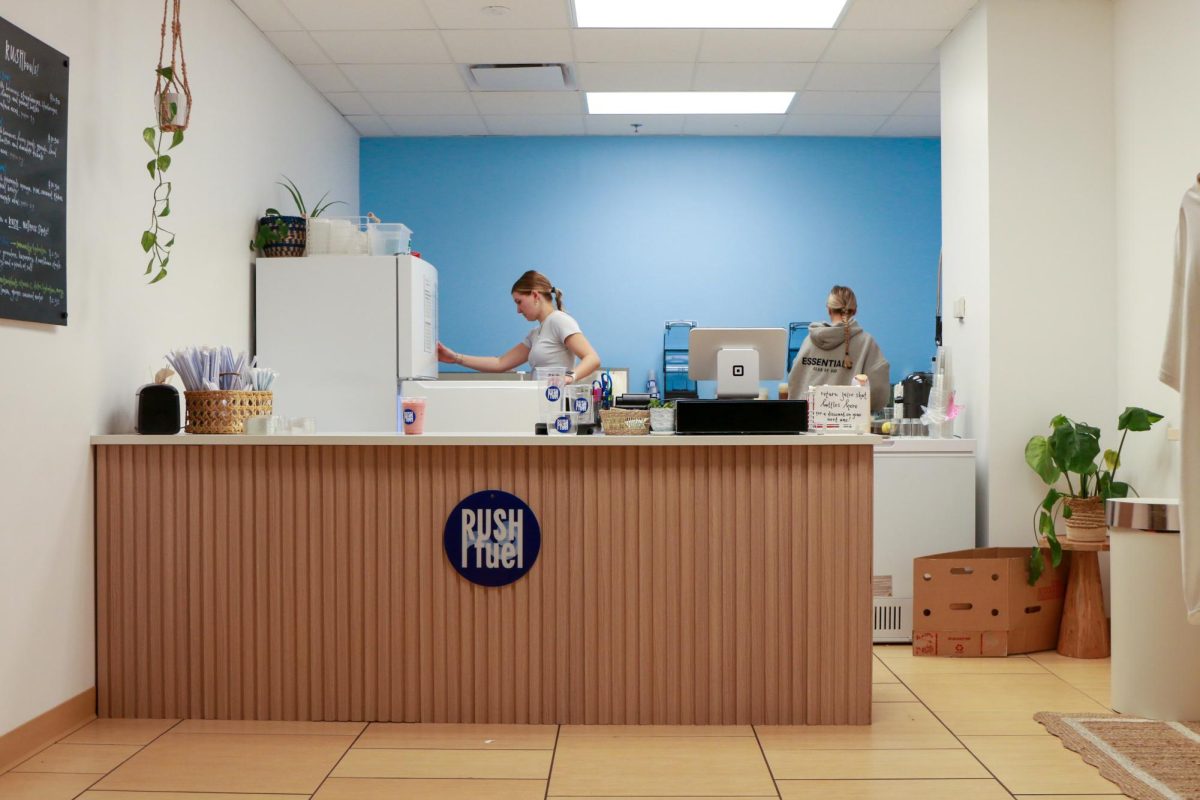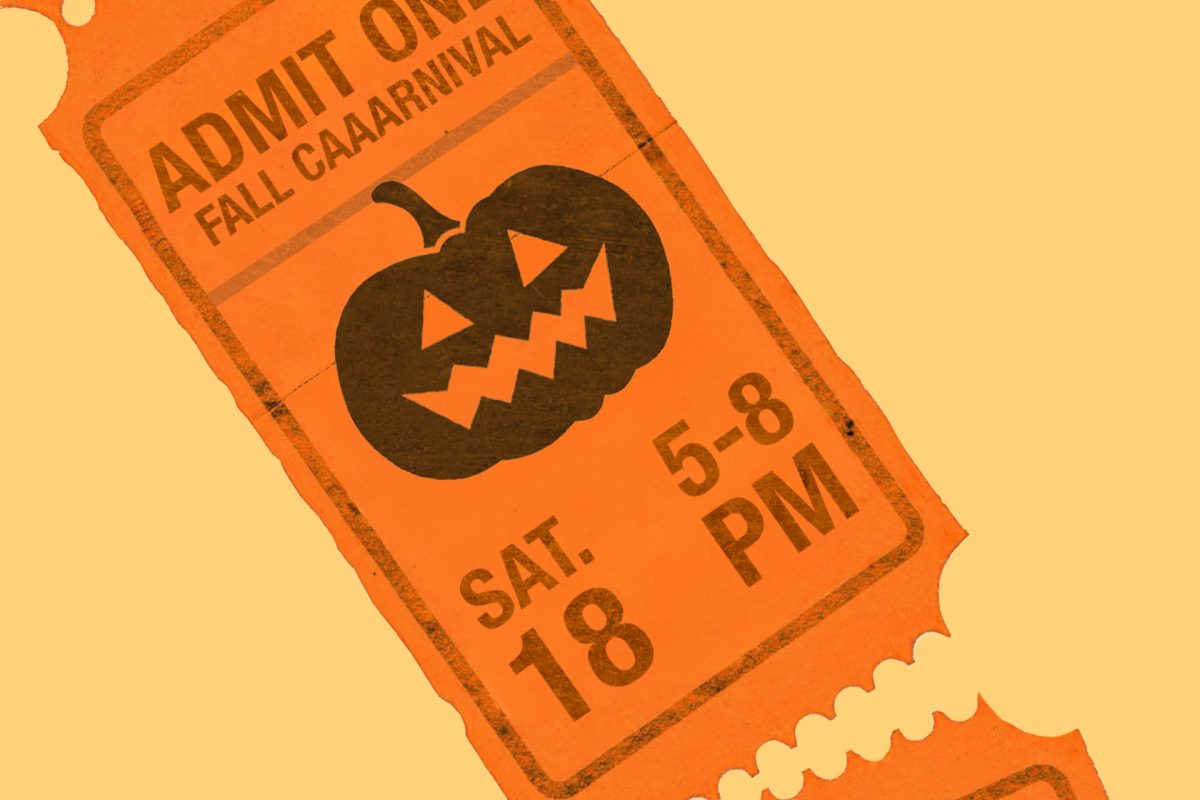Award-winning filmmakers Keith Fulton and Lou Pepe spent two years in the Mojave Desert in California creating “The Bad Kids,” a documentary following three students attending Black Rock Continuation High School. The school uses a compassionate approach to help at-risk teens finish their secondary education after struggling in other learning environments, and the film connects the audience to the students’ troubles at school as well as at home.
In a speech before the showing of the film at True/False, the two directors revealed to the audience that they had been working together for 20 years before they decided to make “The Bad Kids.” They told the audience that when creating a piece of art, “you have to discover what means something to you.” For Fulton and Pepe (and probably to everyone that has seen it), this documentary did exactly that.
Students attending Black Rock are doing so as a last resort; the school is designed for juniors and seniors so far behind on their credits that they would have no hope of earning a diploma in a traditional high school. The school focuses on a self-paced, reward-over-punishment system to prepare students for life in the real world, and it even offers students fresh food and clean clothes whenever they may be in need.
The story of “The Bad Kids” is one of fighting the system, discovering your worth, and realizing you have the potential to break the vicious cycles of poverty, drug addiction and abuse. With help from the school’s incredible principal, Vonda Viland, these students are given a second chance.
The struggles of every high-schooler at Black Rock seems to be characterized by three students: Jennifer Coffield, a young woman coping with the effects of sexual abuse, Joey McGee, a talented musician from an unstable home, and Lee Bridges, a new father learning to juggle school, money and family.
Not only will this film tug on your heartstrings every time a student reveals their battles at home, but it will leave you with a smile on your face during displays of compassion, acceptance and accomplishment. Not to mention, the kids here are determined, resilient and funny (one shot from the film depicts a handwritten “your face here” on the soles of a student’s canvas shoes, serving as much-needed comedic relief).
The film also shows off several of the students’ impressive talents, including shots of breakdancing routines, complicated guitar riffs and remarkable beat-boxing, among others.
According to a segment on the film on Black Rock’s website, “The Bad Kids” was “one of 20 films selected out of 13,000 entries to be featured at the Sundance Film Festival.” The documentary has generally been accepted throughout the filmmaking community, earning awards and recognition in major publications like The New York Times. It definitely lives up to the hype.
_MOVE gives ‘The Bad Kids’ five out of five stars._







